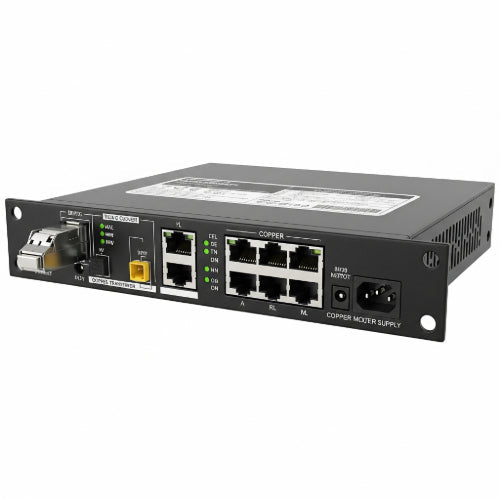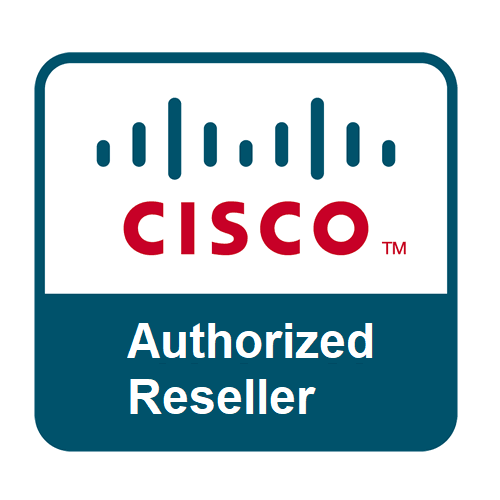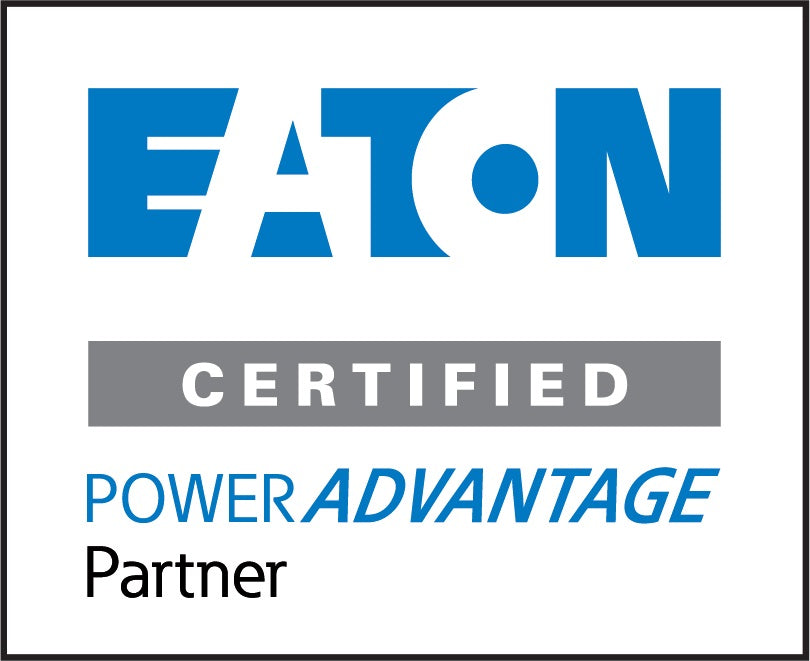Bridging the Gap: How to Use Media Converters to Expand Your Network Reach
In the digital age, a robust and far-reaching network is crucial for any business, institution, or even a large home. While traditional Ethernet cables (copper) are excellent for short distances, they hit their physical limits fairly quickly – typically around 100 meters (328 feet). For extending your network across buildings, to remote security cameras, or connecting to a fiber optic backbone, copper cables simply won't cut it.
This is where media converters become invaluable. These unsung heroes of network infrastructure allow you to bridge the gap between different network media types, most commonly converting copper Ethernet to fiber optic, and vice-versa. For businesses in General Trias, Calabarzon, looking to connect multiple buildings on a campus or extend surveillance systems over long distances, understanding media converters is key.
What is a Media Converter?
At its simplest, a media converter is a device that translates data signals from one type of network cabling to another. The most common scenario is converting electrical signals carried by copper Ethernet cables into light signals carried by fiber optic cables, and then converting them back again at the other end.
Why is this important?
- Distance: Fiber optic cables can transmit data over much longer distances (kilometers, not just meters) without signal degradation.
- Speed: Fiber optic cables offer significantly higher bandwidth and can support much faster speeds (Gigabit, 10 Gigabit, even 40/100 Gigabit) than copper.
- Immunity to Interference: Fiber optic cables are immune to electromagnetic interference (EMI) and radio frequency interference (RFI), making them ideal for industrial environments or areas with electrical noise.
- Security: It's much harder to tap into a fiber optic cable without detection, making it more secure.
When to Use Media Converters: Practical Scenarios
Here are common situations where media converters shine in expanding your network:
-
Connecting Separate Buildings/Outbuildings:
- Scenario: Your main office building needs to connect to a warehouse, a security guardhouse, or another branch office across the street.
- Solution: Run fiber optic cable between the buildings. At each end, use a media converter to translate the Ethernet signal from your local network switch to fiber, and then back to Ethernet for the devices in the other building. This allows for high-speed, long-distance communication.
-
Extending Network to Remote Devices (e.g., IP Cameras):
- Scenario: You need to deploy IP security cameras or Wi-Fi access points far beyond the 100-meter Ethernet limit, perhaps at the perimeter of a large industrial complex or school campus in Cavite.
- Solution: Use a media converter near the camera/AP to convert the Ethernet signal to fiber, run the fiber cable to your central network closet, and use another media converter to bring it back to copper for your Network Video Recorder (NVR) or main switch.
-
Integrating Legacy Equipment with New Fiber Networks:
- Scenario: You've upgraded your core network to fiber optic for faster speeds, but you still have older Ethernet-only devices that you don't want to replace yet.
- Solution: Media converters allow you to seamlessly integrate these devices into your new fiber backbone, protecting your existing hardware investments.
-
Fiber-to-the-Desk (FTTD) Deployments:
- Scenario: In environments requiring extremely high bandwidth and security (e.g., government, medical facilities), you might want to bring fiber directly to individual workstations.
- Solution: A media converter at each desk converts the fiber signal to Ethernet for the computer.
-
Industrial Networking:
- Scenario: Factories or industrial sites often have heavy machinery that generates significant electrical interference.
- Solution: Fiber optic cabling, facilitated by media converters, is immune to this interference, ensuring reliable data transmission for control systems and monitoring.
Key Considerations When Choosing Media Converters
-
Fiber Type:
- Multimode Fiber (MMF): Used for shorter distances (up to 550m for Gigabit Ethernet). Cheaper optics.
- Singlemode Fiber (SMF): Used for much longer distances (kilometers, tens of kilometers). More expensive optics.
- Connector Type: Ensure the fiber connectors on the media converter match your fiber cables (e.g., LC, SC, ST).
- Speed: Match the speed of your existing network (e.g., 100Mbps, 1Gbps, 10Gbps).
- Managed vs. Unmanaged: Unmanaged converters are plug-and-play. Managed converters offer monitoring and configuration capabilities, useful in large deployments.
- Power over Ethernet (PoE) Passthrough: Some media converters can pass PoE power over the fiber connection, useful for powering remote devices like IP cameras without needing a separate power source at the remote end.
- Operating Environment: For industrial or outdoor deployments, choose ruggedized, industrial-grade media converters designed for harsh conditions.
Setting Up Your Media Converter: A Simple Process
The beauty of media converters is their simplicity. The general setup process involves:
- Connect Copper Ethernet: Plug your standard Ethernet cable from your network switch (or device) into the RJ45 port on the media converter.
- Connect Fiber Optic: Plug your fiber optic cable into the appropriate fiber port on the media converter.
- Repeat at the Other End: At the remote location, connect the other end of the fiber cable to another media converter, and then plug an Ethernet cable from that converter to your target device or network.
- Power Up: Plug in the power adapters for both media converters.
With the right media converters, you can overcome distance limitations, enhance network performance, and ensure robust connectivity for all your critical applications. For businesses and large properties in General Trias and across Calabarzon, embracing media converters can be a game-changer for expanding your network reach efficiently and reliably.







